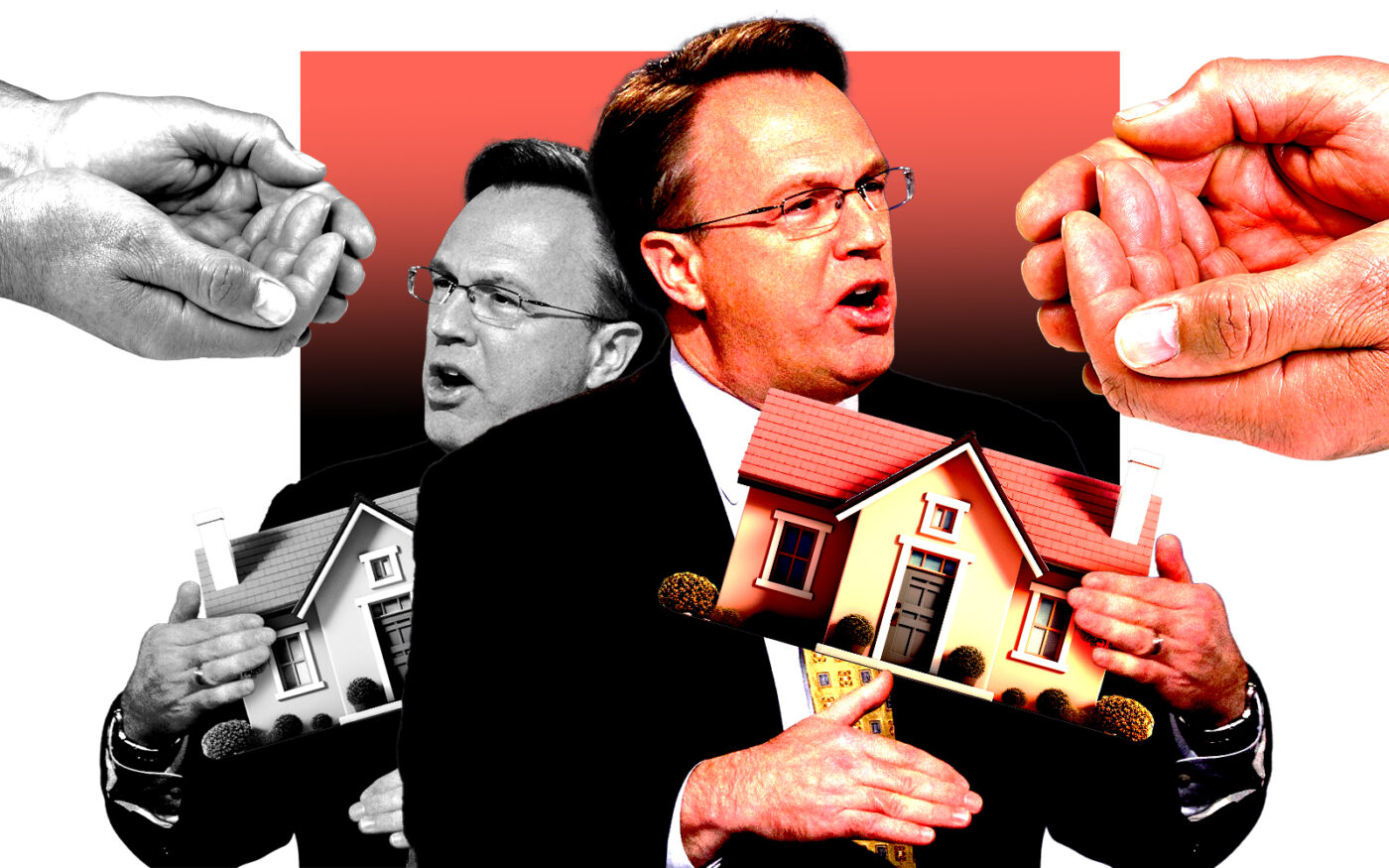After the pandemic hit, homeowners had a two-year window to refinance their mortgages at ultra-low rates. Low-income households, however, did not take advantage in the way wealthier households did.
Only 24 percent of mortgages in low-income areas were refinanced in 2020 and 2021, according to a report from the Federal Reserve Bank of New York. In high-income areas, 42 percent of mortgages were.
The report didn’t get into reasons for the disparity. But the difference may expand the wealth gap between the haves and have nots.
As the Federal Reserve loosened the reins on the economy to offset the brief recession triggered by Covid, mortgage rates plunged, falling below 3 percent. Households that refinanced brought down their monthly payments significantly.
That era ended when the Federal Reserve began raising interest rates in March 2022 to combat inflation. Mortgage rates, in turn, began rising and by last fall were hovering around 8 percent.
In recent weeks, mortgage rates have been falling as the Fed signaled it would reduce interest rates over the next two years. It could be a while, though, before mortgage rates drop enough to make refinancing worthwhile for most homeowners.
“Most low-income homeowners did not refinance during the mortgage refinancing boom, missing an opportunity to lower monthly mortgage payment,” the authors of the report said in a statement.
The report from the New York Fed, which analyzed debt holdings across income groups, also found the rent burden to be significantly higher for low-income households. In low-income areas, 57 percent of households are rent-burdened — meaning they spend more than 30 percent of income on rent and utilities — compared with 44 percent of households in high-income areas.
Read more



The report, largely derived from anonymized Equifax credit report data, looked at low-income households’ ability to get and maintain credit, which affects access to mortgages and other loans.
The good news for homeowners is that the value of their properties rose during the pandemic and foreclosure rates fell — and remain low even after moratoriums on foreclosures were lifted.
“Substantial house price growth during the pandemic caused homeowners’ equity in housing to increase to a near all-time high, lowering the likelihood of foreclosure for many homeowners,” the report noted.
